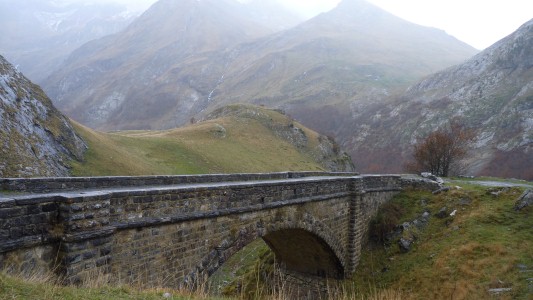
We headed up towards the Col de Portalet. And thus to Spain.
We are sad to leave France as we've become very comfortable.
We've also recognised we need to spend 3 months in Morocco for Ali to remain within the Shengen visa rules then to leave Europe next April. So we'll aim to be in Morocco by the last week of November.

We saw a couple of vehicles coming the other way so guessed it was safe.
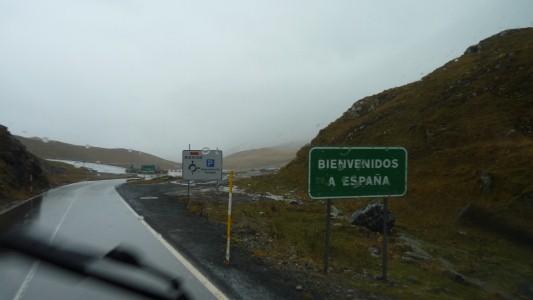
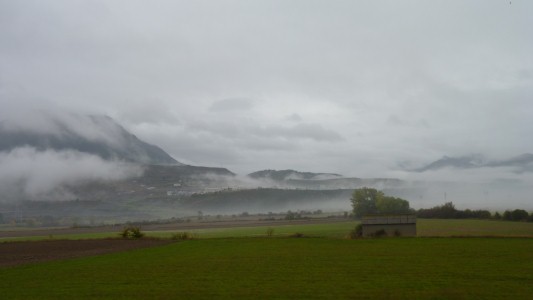
It rained on and off for the rest of the day.
The best strategy is to drive.
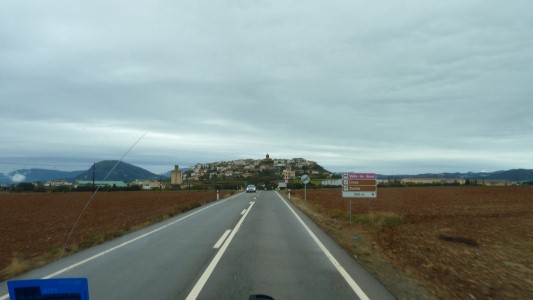
Villages on hills. With the church at the top of the hill.
The Cordillera Cantabrica is almost an extenson of the Pyrenees, extending westwards across the north of Spain. It includes the Picos de Europa.
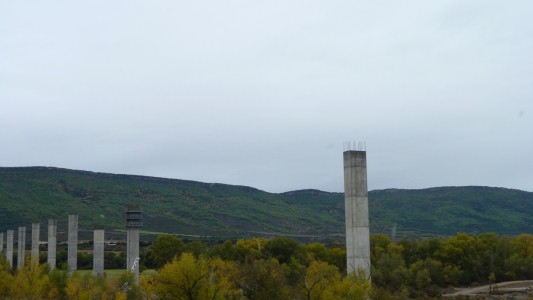
A partially completed viaduct. Possibly for a rail line as it looks a bit narrow for a road. Though seeing other viaducts "T" pieces can be placed on top to carry a road.
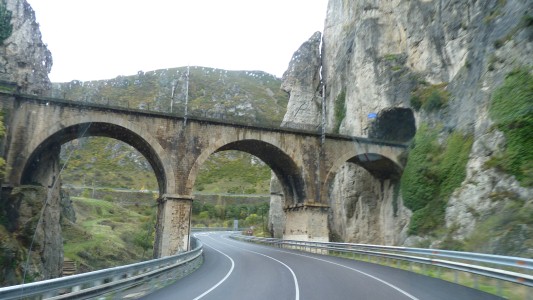
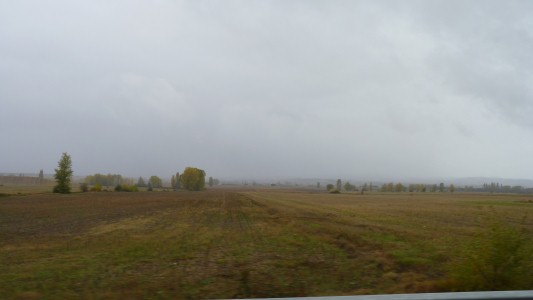
From the Pyrenees to the Cordillera Cantabrica..

Our first night in Spain.
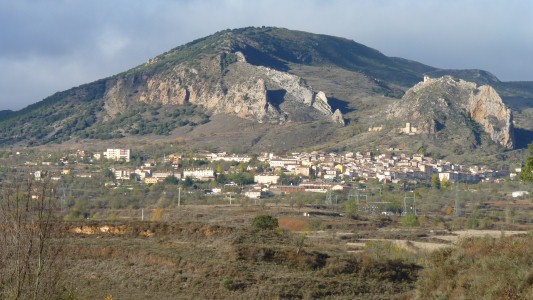
We've escaped the major roads of the industrialised north by keeping a bit south, away from the coast, and are headed towards the Picos de Europa.
Purely by chance we passed through Poza de la Sal.

With occupation from neolithic, Roman, medieval, etc.
Salt was produced for a very long time. The settling and drying ponds have been renovated.
Under license from the king, of course. No doubt (in our minds) - taxed.
Some things are universal. We are wondering if there's a book on "The World History of Salt". Also how "Saxa" arrived at being a virtual monopoly.

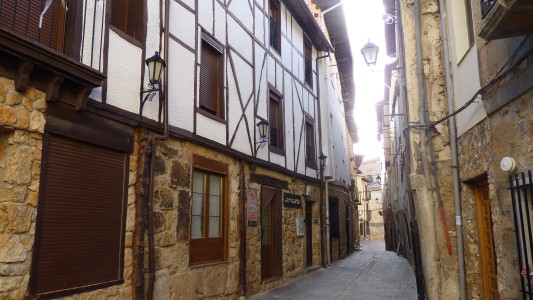
Looks like the village is trying to improve its tourist image.
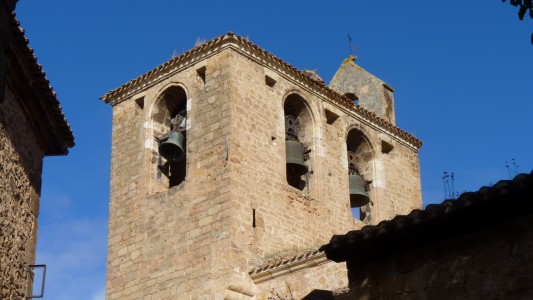
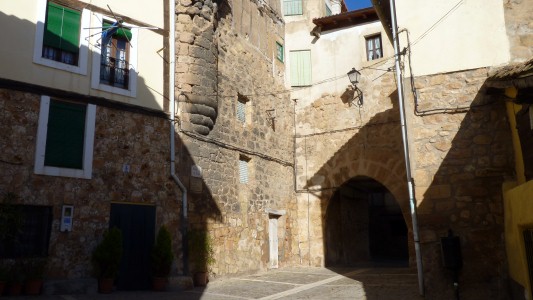

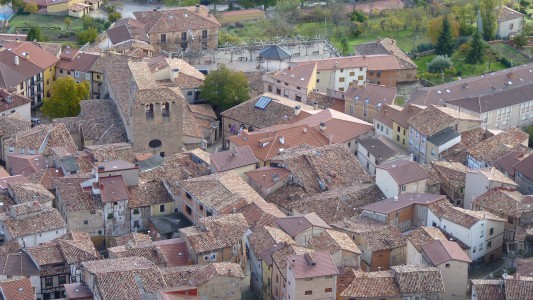
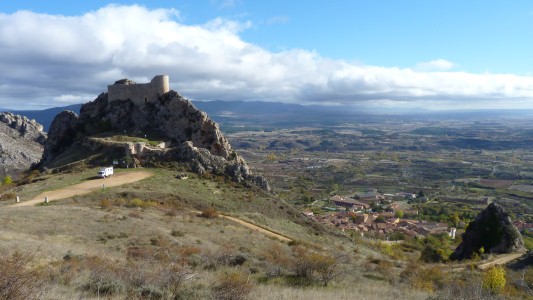
The fortress dates from the 10th century with most of it from around 1470.
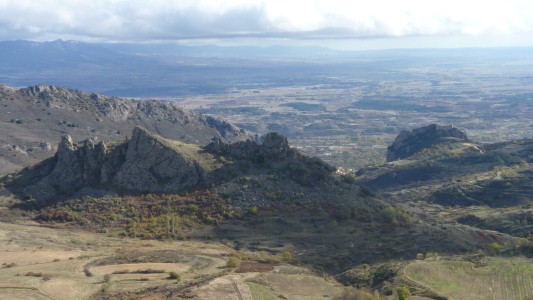
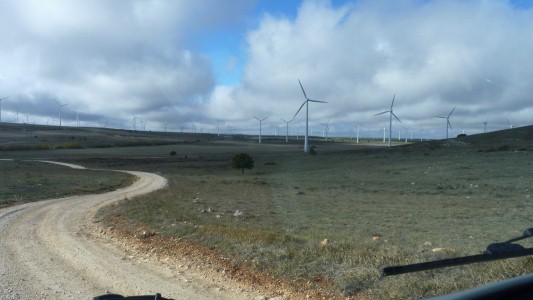
At around 1000 m above sea level.
Very draughty. Wall to wall wind farms.
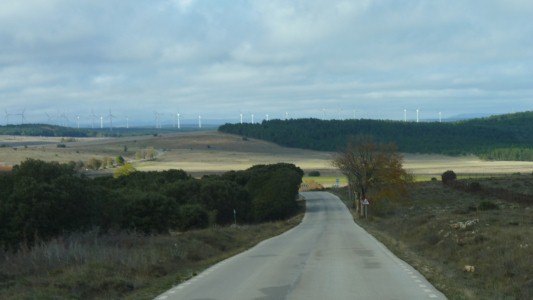
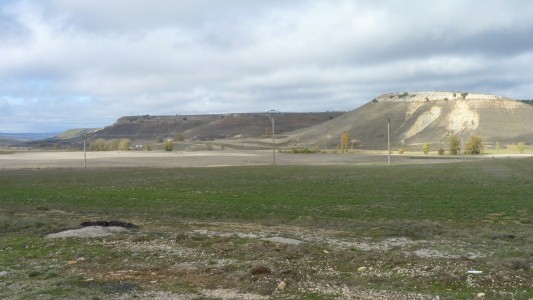
The escarpment just has to be caused by silcrete!
The geology has been changing faster than we can keep up.

And every village has one.
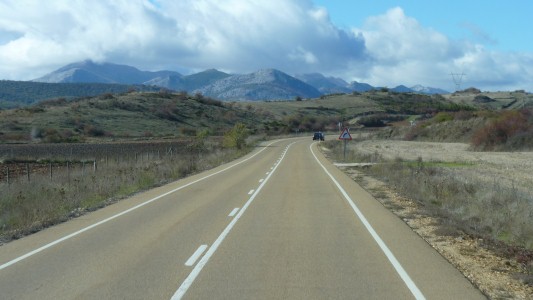
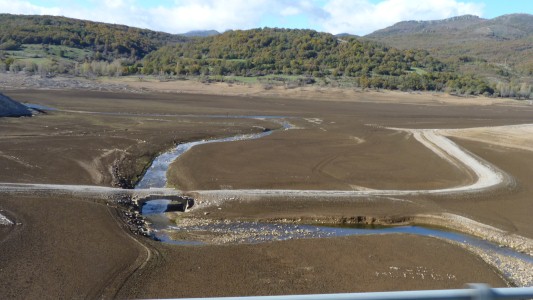
It took us a while to realise this was an empty reservoir.
We aren't sure if there's been a drought. We've seen a couple of reservoirs that have been low but not quite this low.
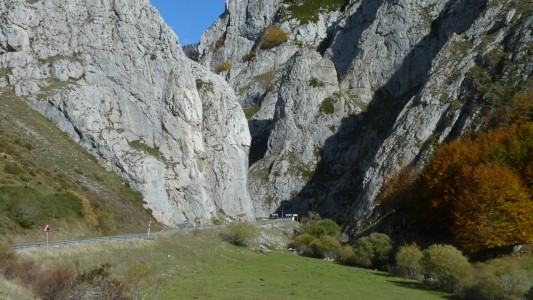
The road runs through a limestone gorge.
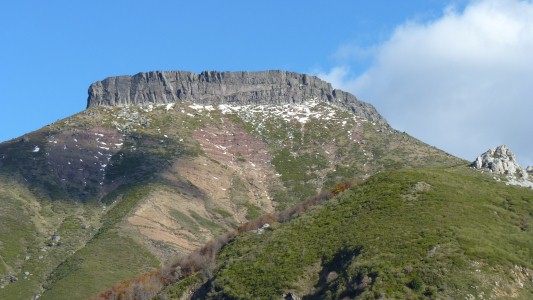
The geology has us beaten!
The outcrop on the right is limestone. The crown is a slatey grey. Possibly basalt but very unsure.
We encountered one description of the geology but struggled with the Spanish translation.
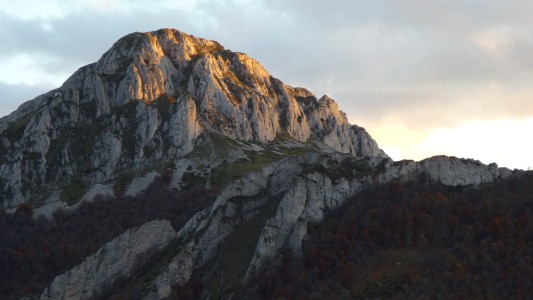
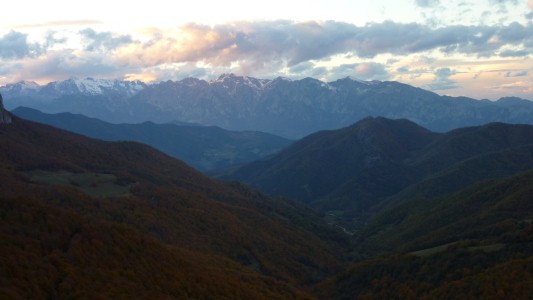
This is our view for the night. There's little traffic - about one car per hour.
So we occupied the viewing platform car park and watched the sun set.
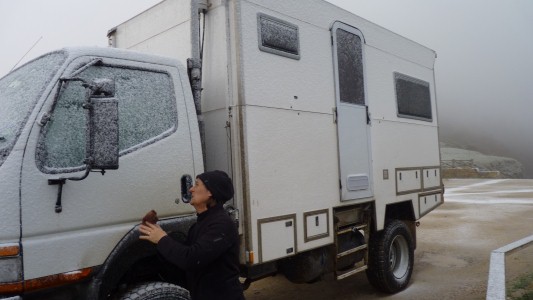

Last night's view has disappeared.
On the way down we passed the snow plough spraying salt on the road.
And cattle licking the salt off the road.
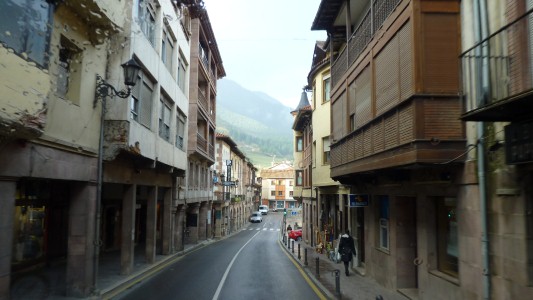
As we drive through Potes.
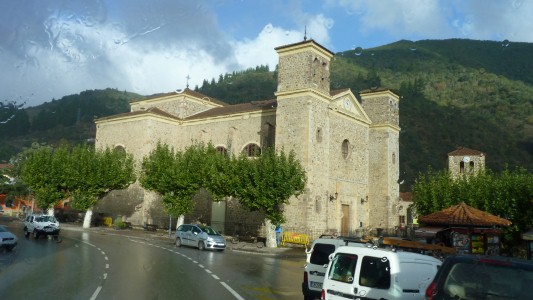
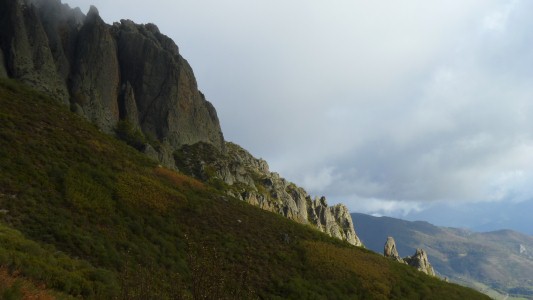
The green tinge to the limestone (we think) is lichen.
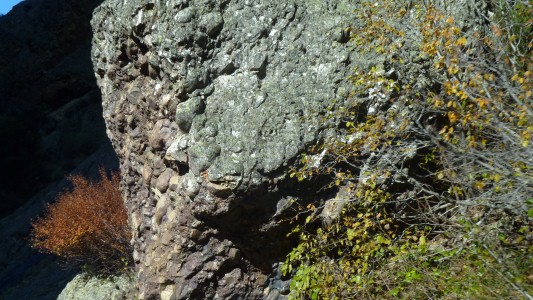
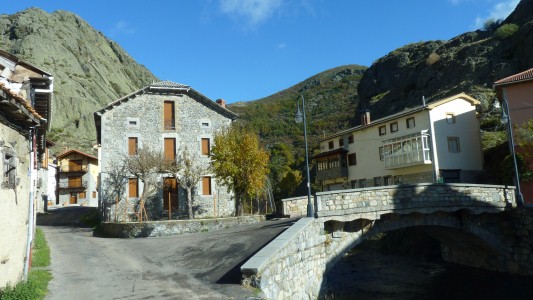
The supermarket at Potes was a bit inaccessible for us and we haven't seen any shops since.
Wrong season we think!
At times during the day we've seen signs for the Camino de Compostella. A much more interesting looking stretch than the water filled path beside the long straight road earlier.
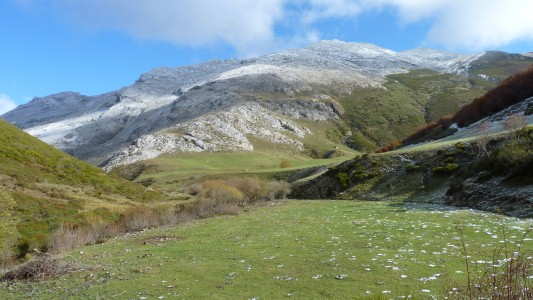
Most of the animals have been moved to lower ground.

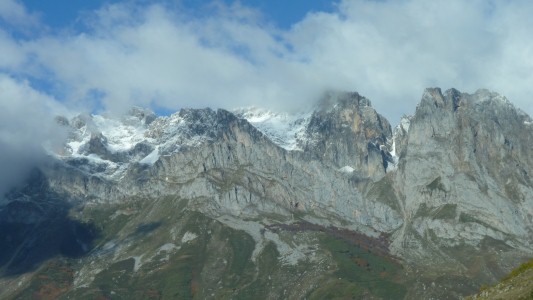
The weather really isn't conducive to getting out and walking though the tracks look magic.
We thought we might be feeling our age but we haven't seen any other walkers. The only cars stopped by the roadsides have been those of mushroom pickers.
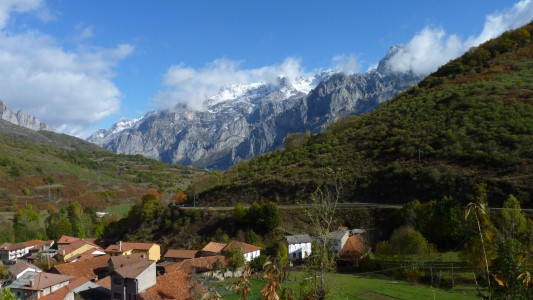
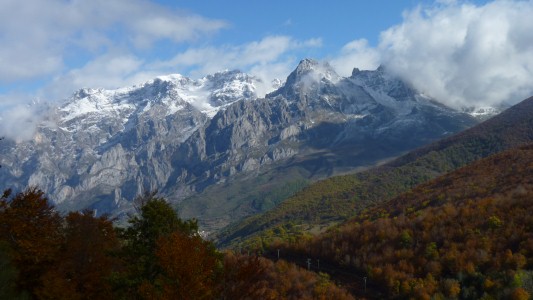
We'd hoped to spend a couple more days here but warmer climes beckon. We are feeling soft.
The weather has been a bit kinder than our last visit (1997), we can see the peaks, but still we have mistimed it.
Maybe third time lucky!
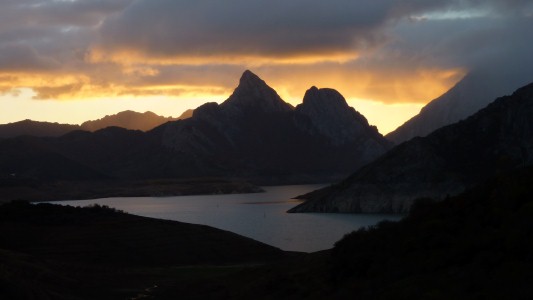
Not far from the town of Riano.
The reservoir is fairly empty.
So far so good in Spain. It seems to take us a few days in each new country to begin to feel comfortable.
Of course, overwhelmed by the scenic wonderland, we forgot to look at our altitude. 1120 m. A frosty night. Temperature inside dropped to 0°C. Frozen outside.